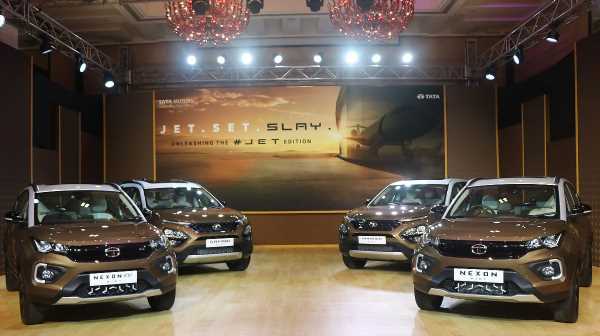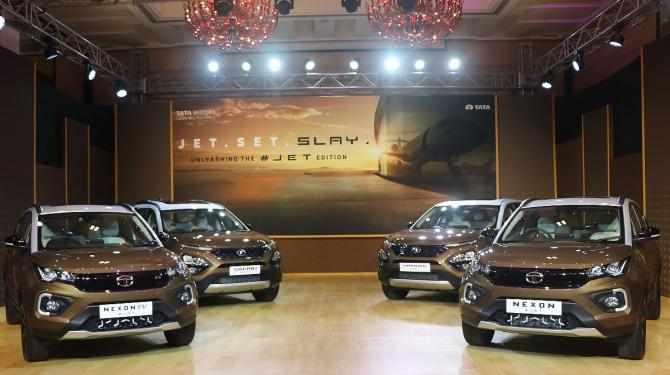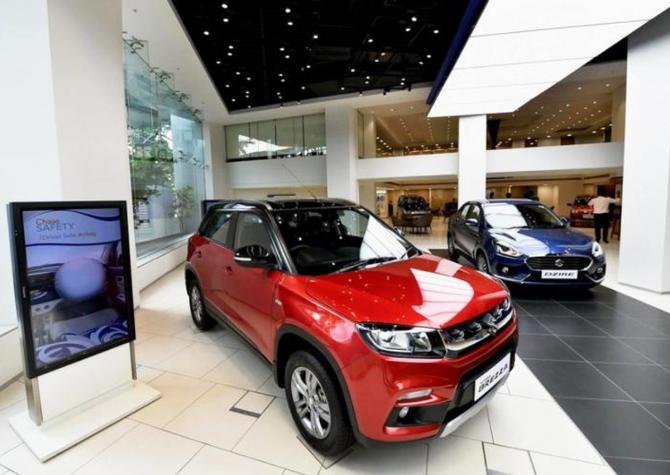Only five of India’s top 20 car models have seen a reduction in wait times over the past year.
The maximum waiting periods (MWPs) for half of India’s top 20 best-selling car models have increased in the past one year, mainly due to a semiconductor chip shortage that has affected production.
Only five out of the top 20 car models in India have experienced a reduction in their MWPs, whereas the MWPs for the other five models have remained unchanged, according to automotive consultancy firm Jato Dynamics data that has been reviewed by Business Standard (see chart).
India’s largest car-maker Maruti Suzuki dominates the list of top 20 car models in India with 10 models.
Out of these, six models including Wagon R, Swift, Ertiga, Dzire, Eeco and Celerio witnessed a rise in their MWPs between April 1 last year and April 1 this year.
Baleno and Alto 800 saw a reduction in their MWPs, while Brezza and S-Presso maintained their MWPs during this period.
According to Shashank Srivastava, Maruti Suzuki India’s senior executive officer for marketing and sales, the longer wait times for certain models are mainly due to a semiconductor component shortage, which has led to reduced vehicle availability.
However, other factors such as fluctuating CNG prices and discontinuation of competing models have also impacted the number of bookings and waiting periods.
For example, the discontinuation of the Hyundai Santro has boosted the demand for the WagonR.
Ravi Bhatia, president of Jato Dynamics, explained that demand for CNG versions of certain Maruti cars, including the Wagon R, Swift, Eeco, Celerio and S-Presso, is higher than for their petrol counterparts.
Srivastava added that changes made during different times in the past year to bring models in compliance with BS-VI phase 2 emission norms have also affected the production schedule.
The phase 2 norms — which were implemented from April 1 this year — mandated the use of on-board diagnostics systems, which enable real-time monitoring and detection of emissions-related issues in vehicles.
Srivastava said the company has taken various steps to reduce the MWPs, such as making manufacturing more efficient and rationalising the number of car models it produces.
Maruti is also trying to keep more cars in stock to handle any changes in the supply of components.
To help customers understand why there may be a delay in getting their cars, the company is being honest and upfront about the situation, he mentioned.
Hyundai has four among the top 20 best-selling models in India.
While the MWPs have come down for the Creta and i20 during the last one year, they have increased for Venue and Grand i10 Nios, according to the data.
Tarun Garg, chief operating officer, Hyundai Motor India, said the company is doing everything it can to shorten the waiting time for their cars.
Owing to the ongoing shortage of electronic components, however, popular SUV models like Creta and Venue still have a waiting period of around two to four months.
Tata Motors has three cars — Nexon, Punch and Tiago — among the top 20 best-selling models in India.
The MWP for Nexon has remained the same in the last year, but it has increased for the Punch and Tiago in the same time period, according to the Jato Dynamics data.
The carmaker, however, suggested that the MWP data provided by Jato Dynamics was overstated.
The waiting period for the Nexon, Punch, and Tiago was not more than four months as of April 1, 2023, in contrast to the Jato Dynamics data that showed higher waiting periods — six months, seven months and nine months, respectively — for the same models as on April 1, 2023.
A Tata Motors spokesperson said that despite an increase in demand, the company has brought down the waiting period for its products in 2022-23.
“The same has been done by ramping up our production and working with our supply partners judiciously,” the spokesperson added.
Kia India has two cars — Seltos and Sonet — among the top 20 models.
As per the Jato Dynamics data, the MWP of Seltos had remained the same in the last one year. The MWP for Sonet, however, has fallen in the past one year.
Hardeep Singh Brar, national head of sales and marketing at Kia India, said, “We started our business operations in August 2019, and soon after, we were hit by the pandemic, followed by semiconductor shortages and geopolitical issues. These factors led to longer waiting periods for all of our vehicles last year.”
“However, we are now at about two-three months for all editions of the Seltos, the Carens, and the Sonet,” Brar added.
According to Brar, the pandemic caused significant disruptions to the global automotive industry, resulting in production limitations and long waiting periods for customers due to supply chain constraints and chip shortages.
“This significantly impacted all OEMs (original equipment manufacturers), but we see some of these issues easing out to some extent,” he added.
Brar said the company has expanded its production capacity at its Anantapur facility and is constantly optimising its supply chain.
Consequently, last year, the company was able to produce 358,000 vehicles in FY22-23, up from the 300,000-unit capacity.
“We are further increasing our plant’s automation and line speed to boost production this year. During the January-March period of 2023, we achieved 24 per cent more wholesale production compared to the same period last year, as against an industry increase of only 10 per cent,” he added.
Mahindra and Mahindra has one car — XUV700 — among the top 20 best-selling models in India.
This model’s MWP was unchanged over the past year. It was 14 months one year back. And it stands at 14 months as on April 1 this year.
Jato Dynamics’s Bhatia called the XUV700 the most in-demand SUV. Mahindra and Mahindra did not respond to queries sent by Business Standard.
Feature Presentation: Rajesh Alva/Rediff.com
Source: Read Full Article




